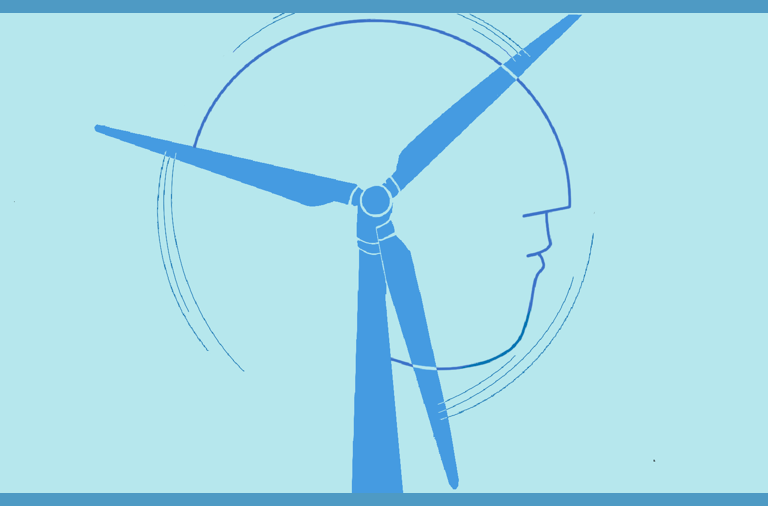Europe could be about to win the race to host Iter, the world’s biggest nuclear fusion reactor.
Some news agency reports say the $10bn project will be sited at Cadarache in France, following the withdrawal of Japan’s bid to be the reactor’s home.
But EU officials will say only that they are hopeful the negotiations in Vienna this week will turn out well.
Iter is expected to be the final step that experimenters need to take before commercial fusion power is realised.
After the International Space Station, the reactor would be the largest international research and development collaboration.
In terms of the physics and huge amounts of energy involved, the project would be akin to building a star on Earth.
Compromise deal
But the parties to the Iter project – the EU, the US, South Korea, Japan, Russia and China – have been split over where to locate the reactor.
The EU, Russia and China want the reactor to be built at Cadarache in France; but the US, South Korea and Tokyo support a Japanese site, Rokkasho-mura.
A meeting this week in Vienna, headquarters of the International Atomic Energy Authority, aims to break the deadlock.
“The agreement foresees Iter in Cadarache,” a source told the Reuters news agency. “They are preparing an agreement under which the Japanese would receive something.”
But officials in Brussels will not confirm this. European Commission spokesman Fabio Fabbi told BBC News: “We hope to be able to achieve an agreement and we are optimistic that we will eventually have Iter built in Europe. But it’s really too early to say and we are still negotiating.”
And a Japanese official at the talks insisted Tokyo was still trying to secure backing for Rokkasho-mura.
“We see no reason to change our position,” Satoru Ohtaki, director of nuclear fusion at the Japanese ministry of science and technology, told the AFP news agency.
“We shall put an extremely generous offer on the table”, to obtain the right to build the reactor in Japan, he said.
There have been suggestions that Europe might go its own way and build a large fusion reactor without the other Iter partners – the breaking point coming perhaps at a Council of Ministers meeting in late November.
One idea put forward to build a compromise would see the loser in the contest hosting a major research support facility.
Attractive concept
In a fusion reaction, energy is produced when light atoms – the hydrogen isotopes deuterium and tritium – are fused together to form heavier atoms.
This is quite different to nuclear fission in which atomic nuclei are split to release energy.
But to use controlled fusion reactions on Earth, it is necessary to heat a gas to temperatures exceeding 100 million Celsius – many times hotter than the centre of the Sun.
The engineering challenges this presents are immense. Scientists envisage running the reactions suspended in magnetic fields in a torus-shaped chamber called a tokomak.
The rewards, if this can be made to work on the large scale, are extremely attractive.
One kilogram of fusion fuel would produce the same amount of energy as 10,000,000 kg of fossil fuel. What is more, fusion does not produce the long-term high-level radioactive waste that burdens nuclear fission.





